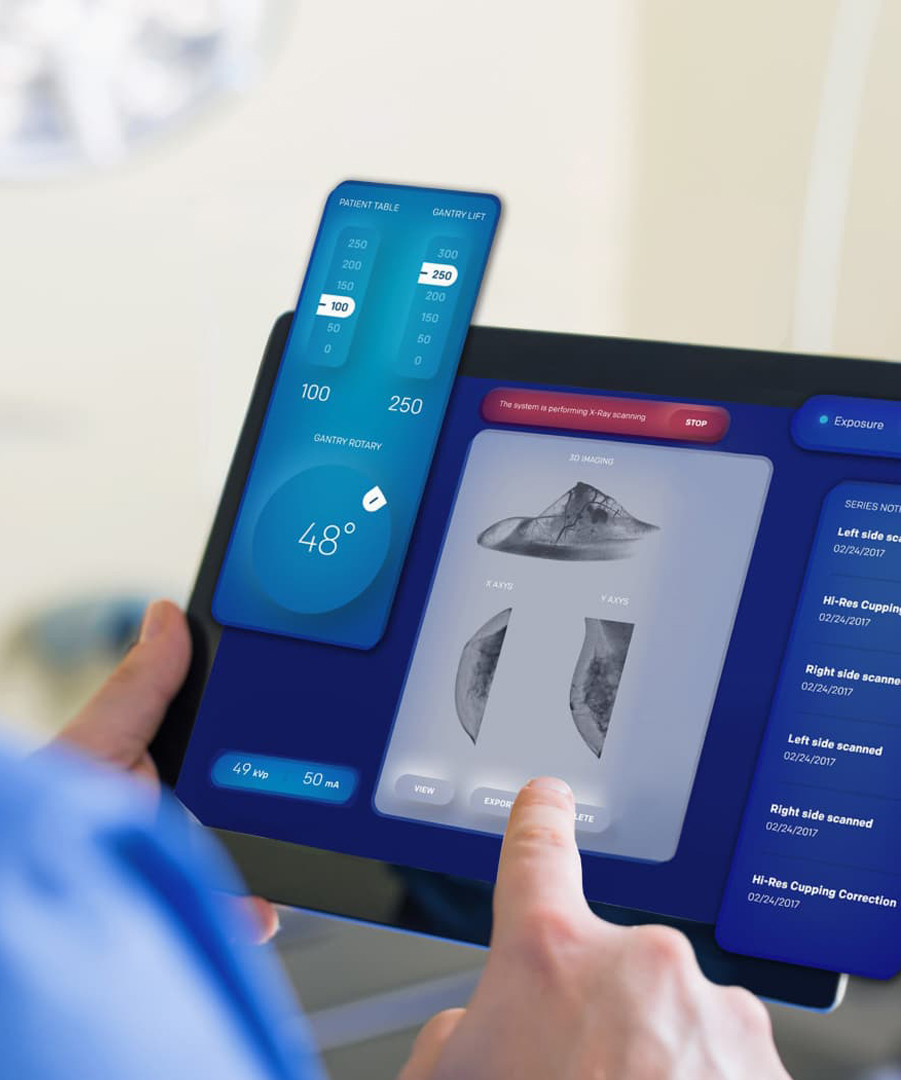


Heavy-duty fire trucks are engineered as multifaceted emergency vehicles designed to combat large-scale fires and mitigate high-risk scenarios. Equipped with advanced fire suppression systems, these vehicles integrate high-capacity water pumps capable of discharging up to 3,000 gallons per minute, paired with extendable aerial ladders reaching heights exceeding 100 feet.
In chemical or electrical fires, heavy-duty units deploy dry chemical agents or foam systems to suppress flames without exacerbating risks. Their reinforced chassis and all-terrain capabilities ensure functionality in extreme conditions, including wildfires, where they create firebreaks using pressurized water cannons
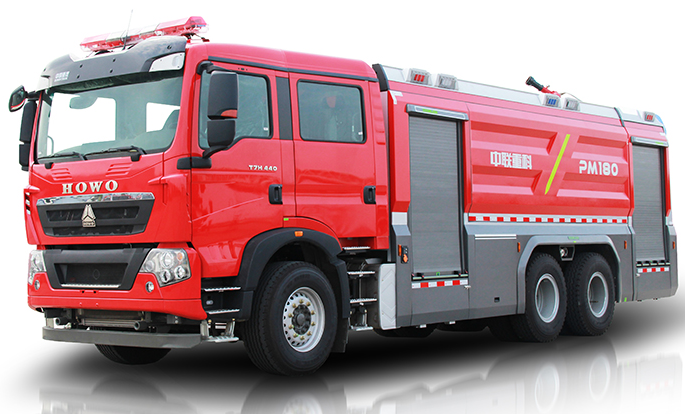
Heavy duty fire trucks also support community resilience through preventative roles. During urban emergencies, they supply water to drought-affected areas or assist in floodwater drainage.
Heavy-duty fire trucks are specialized vehicles designed for diverse firefighting and rescue operations. They can be categorized into six primary types based on functionality and structural configuration
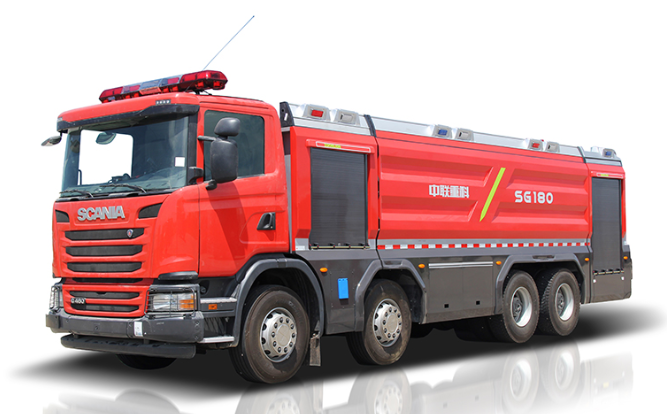
Main function of Heavy-Duty Fire Trucks
Aircraft Rescue and Firefighting (ARFF) Vehicles
Deployed at airports, these trucks feature high-capacity pumps, foam-proportioning systems, and elevated nozzles to combat aviation fuel fires. Their robust chassis enables rapid response, while all-terrain capabilities ensure access to crash sites. Modern ARFF units carry up to 12,000 liters of fire suppressants and incorporate thermal imaging for smoke penetration.
Aerial Platform Trucks
Equipped with hydraulic booms extending 30-100 meters, these trucks facilitate high-rise firefighting and victim evacuation. Three subtypes exist: straight ladder trucks for basic access, platform trucks with water cannons for elevated attacks, and articulating models for complex urban environments. Some integrate compressed air foam systems (CAFS) for enhanced fire suppression.
Pumper/Tanker Truggs
Serving as water supply hubs, these combine a 3,000-10,000-liter tank with a high-pressure pump (up to 4,500 L/min). Quint models integrate five functions: pump, water tank, hose, ground ladder, and aerial device. Their modular design allows customization for urban or rural deployments, often including hazmat containment kits.
Specialized Rescue Vehicles
Configured for technical emergencies, these units carry hydraulic rescue tools (spreaders/cutters generating 10-35 tons of force), rope systems, and confined-space equipment.
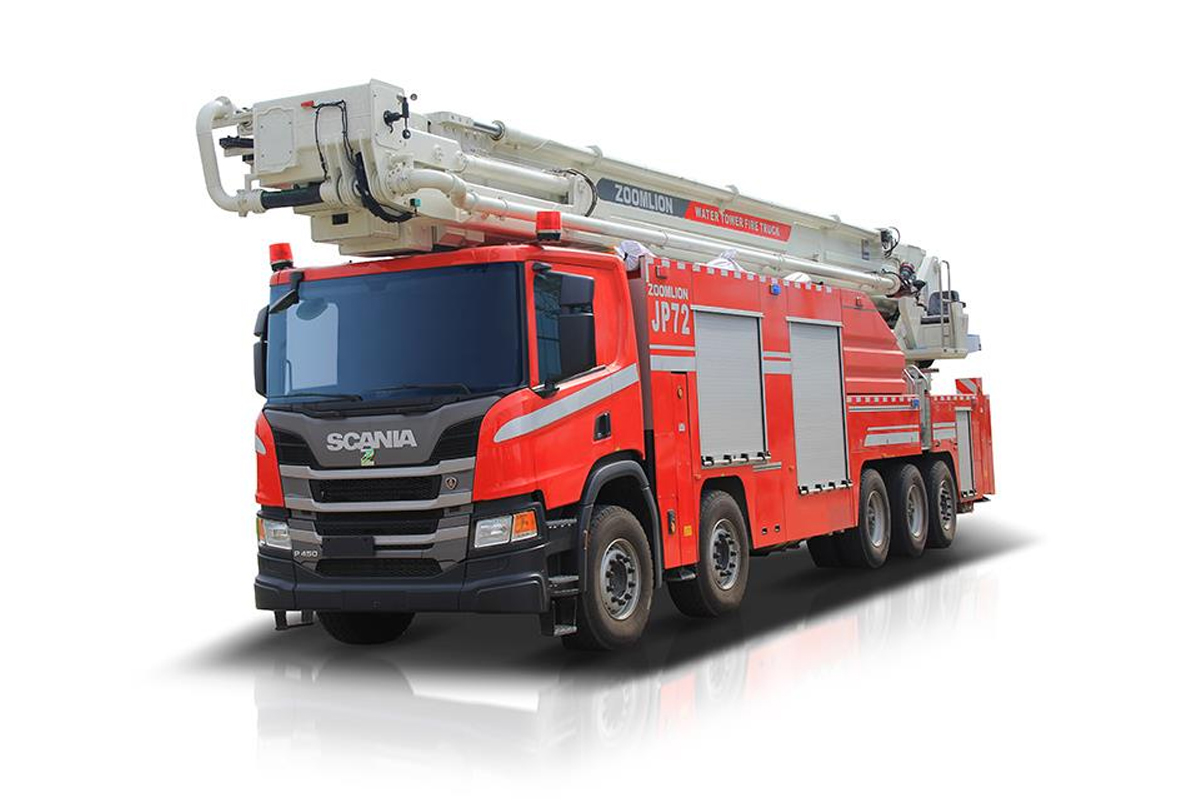
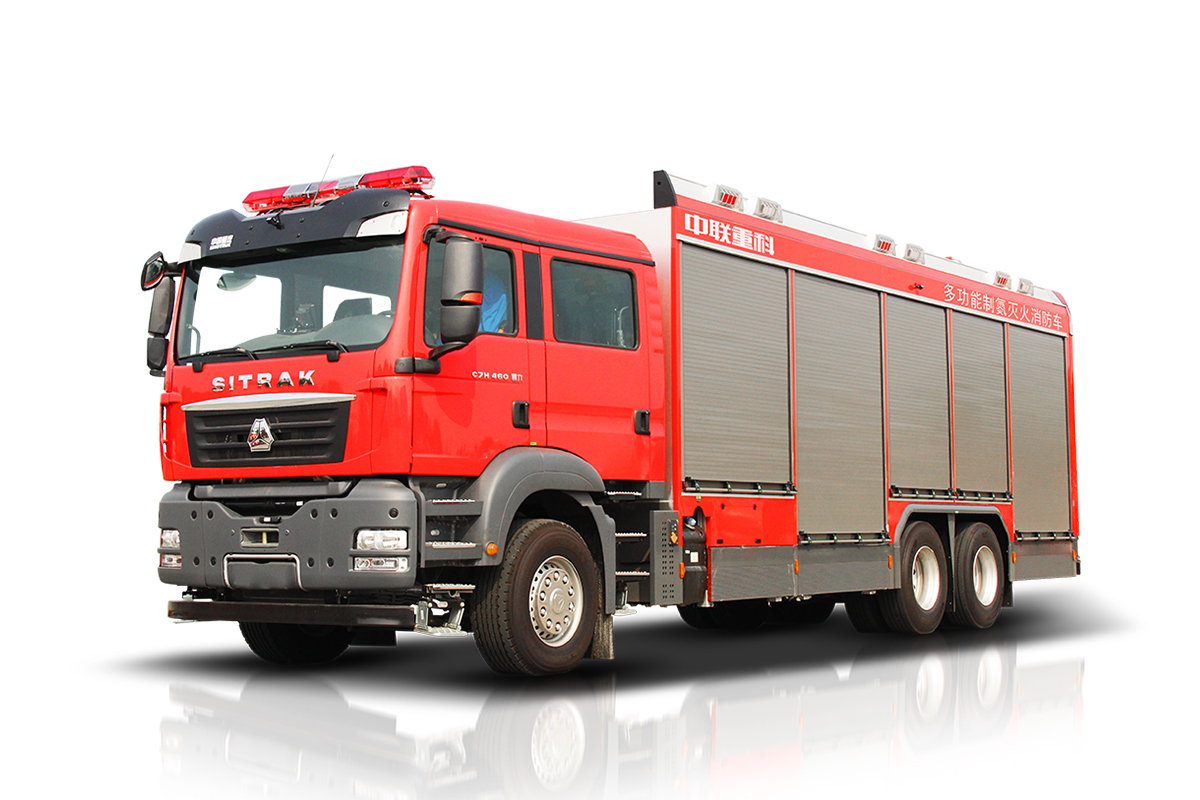
You may be interested in the following information